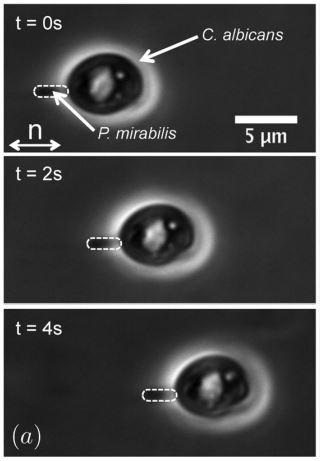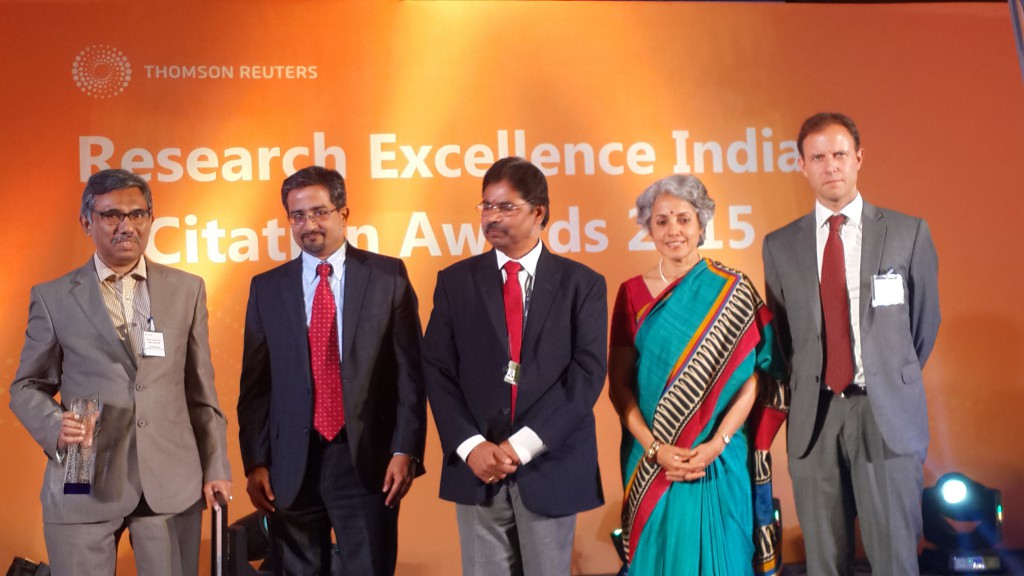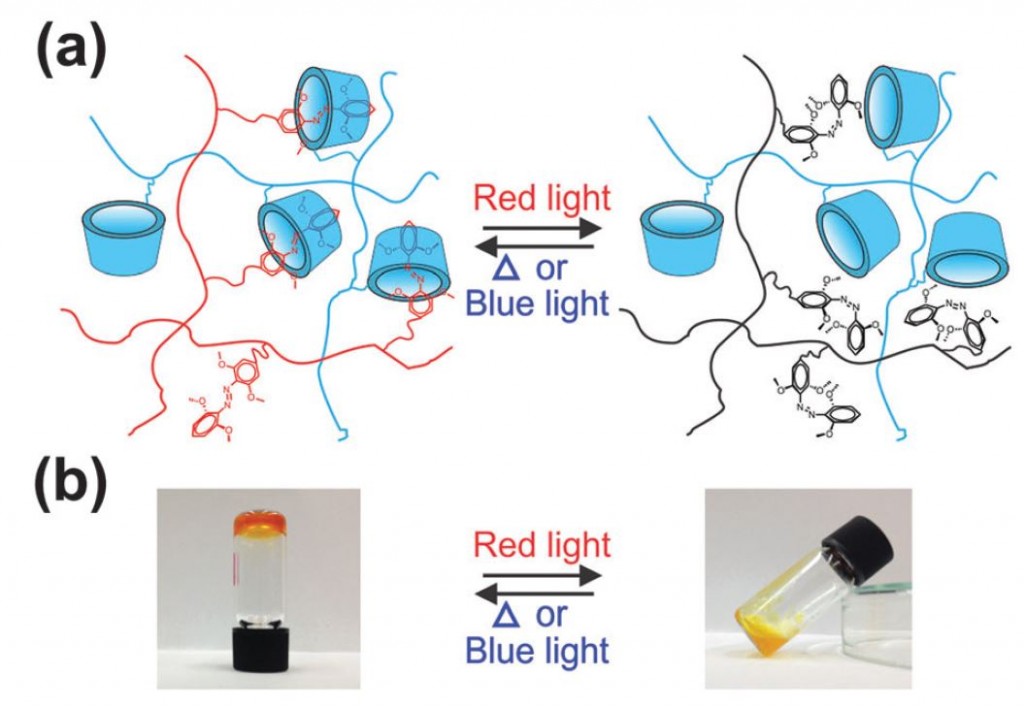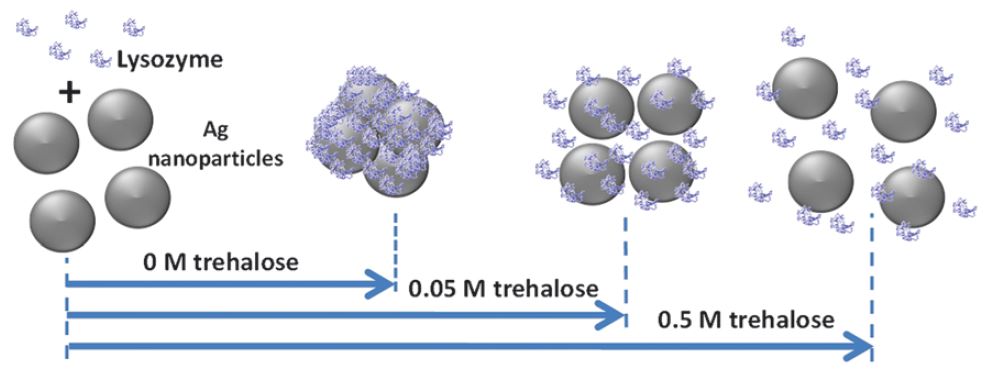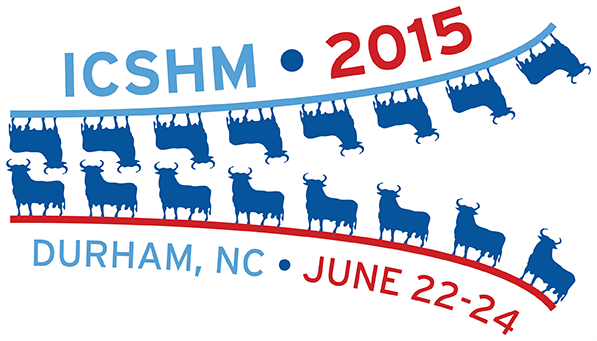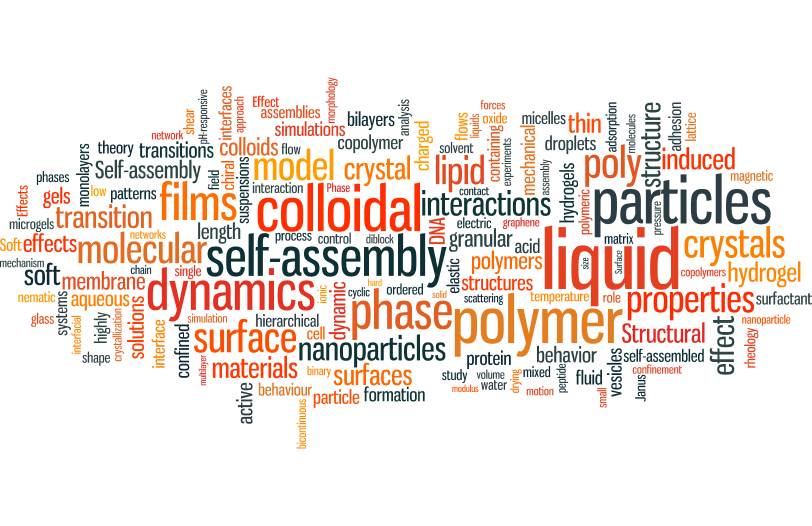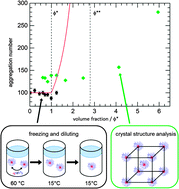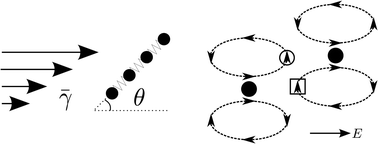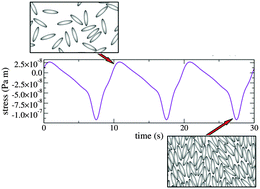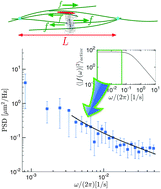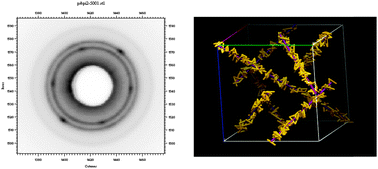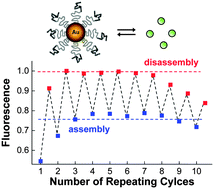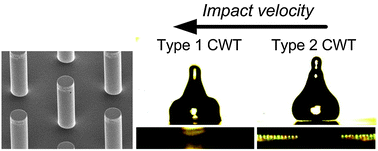Bacteria play a vital role in digestive, reproductive, and immune health within the human body. Recently, motile bacteria have been analyzed for their ability to transport cargo in confined environments. Bacteria convert surrounding chemical energy into mechanical work making them ideal for a micro scale motor. Although bacteria have proven capable of transporting cargo, directing where they swim and understanding how they interact with the cargo has been a challenge. A research group from University of Wisconsin-Madison, USA has utilized nematic liquid crystals to guide bacteria swimming and monitor how they associate with their cargo load. The full work is described in a recent communication article in Soft Matter.
A motile P. mirabilis cell pushes a non-motile C. albicans cell
The motile bacteria, P. mirabilis, were used to push non-motile fungal cells, C. albicans, in a directed path. Both the bacterial and fungal cells are found in patients with urinary tract infections. The urinary epithelium secretes layers of mucus within the urinary tract which is guided by external flow; molecules and cells in the urinary tract exhibit directional alignment due to the mucus flow. The proposed nematic liquid crystal environment with motile and non-motile cells represents a simple model of the human urinary tract. The alignment of the liquid crystal guides the bacteria and causes them to swim along the director field, similar to cells in the urinary epithelium. P. mirabilis were mixed with C. albicans and suspended within a 20 µm thick liquid crystal layer composed of disodium cromoglycate. Single P. mirabilis cells pushed the non-motile C. albicans cells along the director of the liquid crystal, to give straight or curved swimming tracks depending on the crystal orientation. The P. mirabilis were capable of reaching a velocity of 1 – 2 µm/s-1 while transporting their fungal cell cargo.
For a greater understanding of the cargo transport mechanism, 2 µm diameter beads were mixed with the P. mirabilis. Bacteria transporting beads were capable of reaching velocities of 5 µm/s-1. The hydrodynamics of the system of swimming bacteria and particles was analyzed with the mathematical model, regularized Stokeslets. The observed experimental swimming velocity correlated with numerical simulated results, with a clear trend of decreasing speed with increasing cargo size. The mathematical model suggests hydrodynamic interaction of the bacteria flagella and cargo load are an important for predicting system velocity. The work helps understand cellular interspecies interaction that is controlled with liquid crystal alignment.
See the full Soft Matter communication here:
Bacterial transport of colloids in liquid crystalline environments
Rishi R. Trivedi, Rina Maeda, Nicholas L. Abbott, Saverio E. Spagnolie, and Douglas B. Weibel
Soft Matter, Advanced Article, 2015
DOI: 10.1039/C5SM02041G
Dr. Morgan M. Stanton is currently a postdoctoral researcher at the Max Planck Institute for Intelligent Systems in Stuttgart, Germany. She completed her Ph.D. in Chemistry from Worcester Polytechnic Institute in 2014. Read more about Morgan’s research publications here or you can follow her on Twitter @morg368.
Follow the latest Soft Matter publications and updates on Twitter @softmatter or on Facebook


